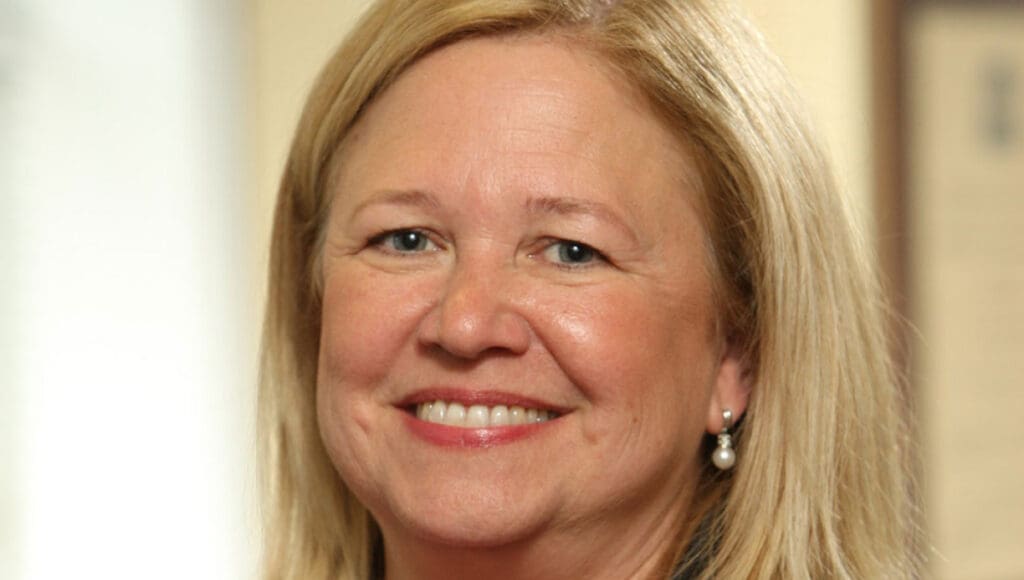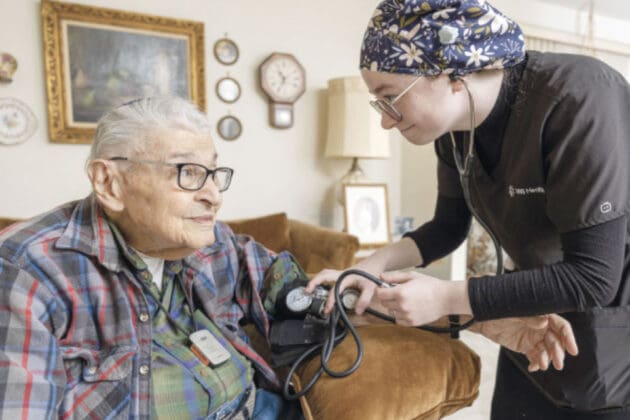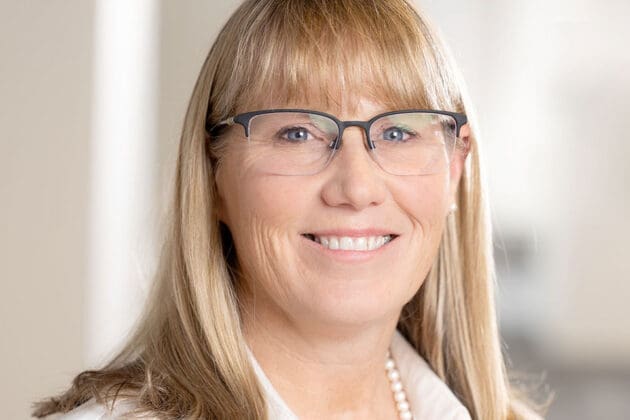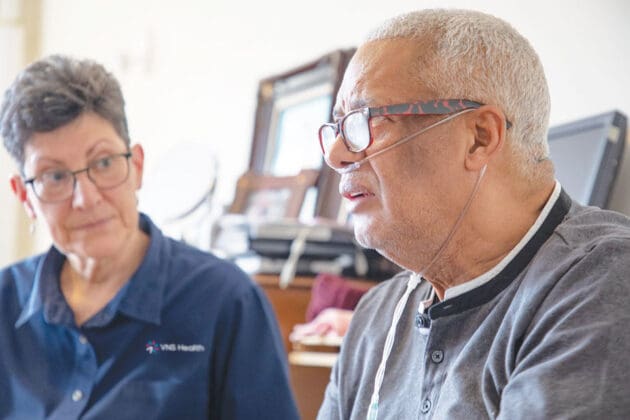
An interview with Sherl Brand, RN, BSN, who recently joined VNS Health as the new head of its hospice team. She has extensive experience in home- and community-based care, working for both nonprofit and for-profit organizations.
As the new Senior Vice President of VNS Health Hospice Care, what is your vision for the organization?
I’m excited at the potential for increasing awareness of—and expanding access to—hospice care in the New York City communities we serve. New York currently has one of the lowest hospice utilization rates of any state, which means there’s significant room here to help people understand the value of hospice care and how to access it sooner as opposed to the last days of life. When you look at the large and diverse population in New York City, which is our service area, we have a tremendous opportunity to help many more people with advanced illness by connecting them with skilled hospice care as their illness progresses.
What’s your strategy for doing this?
Besides continuing to provide high-quality hospice care, we’re scaling up our outreach efforts. That includes promoting community awareness of how hospice care improves quality of life at the end of life. For example, we recently held a very successful hospice roundtable event for New York City’s Chinese American community at VNS Health’s Chinatown Community Center. We intend to do a lot more events like that. We also need to continue educating medical professionals on the value of hospice, so they consider hospice referrals sooner and not at the very end of life.
How do you plan to improve your outreach to individuals and their families?
By meeting potential patients wherever they are—in a hospital, nursing or residential facility, or at home—and optimizing those interactions. We just launched a new tool for our hospice team members that they can use to introduce and encourage end-of-life conversations focusing on patient preferences and goals. We believe this tool will not only enhance understanding of hospice’s value among patients and their families, but also help people communicate their choices to their loved ones and support their ability to make informed decisions—and do so sooner.
How important is it to engage hospitals, doctors and other medical professionals in this effort?
It’s critically important. We have hospice team members throughout New York City who connect regularly with area hospitals, skilled nursing facilities, assisted living residences and physicians’ offices. Their ongoing goal is to help these groups understand the hospice benefit and the comprehensive services it provides to support both the patient and their caregivers, as well as how they can refer someone to us and how we can assist in that process.
“We need to continue educating medical professionals on the value of hospice, so they consider hospice referrals sooner and not at the very end of life,” says Sherl Brand, SVP of VNS Health Hospice Care.
With the national nursing shortage, are you concerned about your capacity to accept patients?
We’re actually doing a good job with recruitment and retention of hospice nurses and other hospice team members at the moment. Being part of the hospice team is a very special experience because we care for and support patients and their loved ones during a very vulnerable time. Once people join our team and see the level of mentorship, collaboration, support and education we offer—and what a rewarding experience it is to work for VNS Health Hospice Care—they want to stay and be part of it. We’re very grateful for that, and we aren’t taking it for granted.
Where do you see the hospice field headed?
I am excited to see how we identify, evaluate and potentially incorporate new technologies, and what role VNS Health will play in that regard. We’re an innovative organization with a breadth of services that allows us to think outside the box about what it means to be a best-in-class hospice provider. We’ve already developed a dashboard that helps us determine when a patient may need more care, especially at the end of life, allowing us to schedule additional visits in order to provide needed care and support for patients and their caregivers. I’m sure our use of technology will continue to evolve and enhance the way hospice care is delivered in the coming years.


